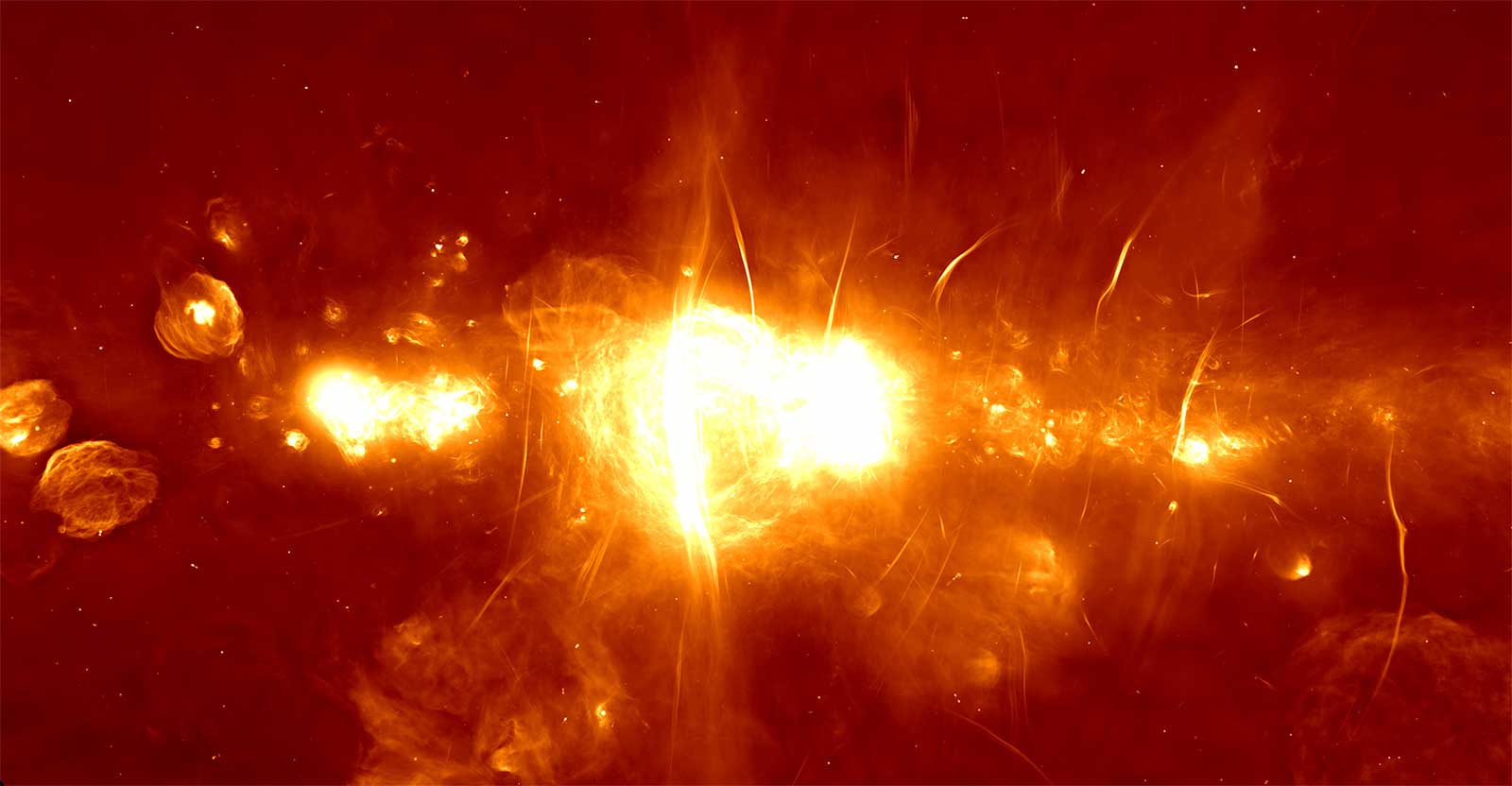
The US space agency launches a probe that aims to travel closer to the Sun than ever before.

Recent observations by NASA's Hubble and Spitzer space telescopes of ultrahot Jupiter-like planets have perplexed theorists. The spectra of these planets have suggested they have improbable compositions.

The Canadian Hydrogen Intensity Mapping Experiment (CHIME), a revolutionary new radio telescope, recently made its first-ever detection of a possible Fast Radio Burst (FRB).

South Africa has officially switched on MeerKAT, billed as the most sensitive radio telescope of its type on the planet.

As part of their 3D-Printed Habitat Centennial Challenge, NASA recently awarded five teams with a total of $100,000 for their designs for Martian habitats.

About 170 years ago, Eta Carinae erupted with a titanic blast becoming at one point the second brightest star in the night sky. Somehow, the star survived the “Great Eruption”, providing an intriguing mystery for astronomers.

Boeing will target the end of this year (or early 2019) for an uncrewed orbital flight test of its Starliner vehicle.

An initiative set up to find signs of intelligent life in the universe has detected a series of mysterious radio signals from a dwarf galaxy 3 billion light years away.

This summer, humanity embarks on its first mission to touch the Sun: A spacecraft will be launched into the Sun's outer atmosphere.

Virgin Galactic has been saying for some time that it will reach outer space this year, and on Thursday it came the closest it has ever gotten.

Observations have for the first time clearly revealed the effects of Einstein's general relativity on the motion of a star passing through the extreme gravitational field very close to the supermassive black hole.

NASA’s newest exoplanet-hunting spacecraft has started taking scientific data as of last week, according to a NASA release.

A new analysis of 15 years of data from the Mars Express probe by a team of Italian scientists shows compelling evidence for their being liquid water beneath Mars southern polar region.

The Planck mission launched in 2009 has finally reached its ending point. So far the standard model of cosmology has survived all the tests.

The ESA recently released stunning photos of a Martian storm front, which were acquired by the Mars Express orbiter in April of 2018.